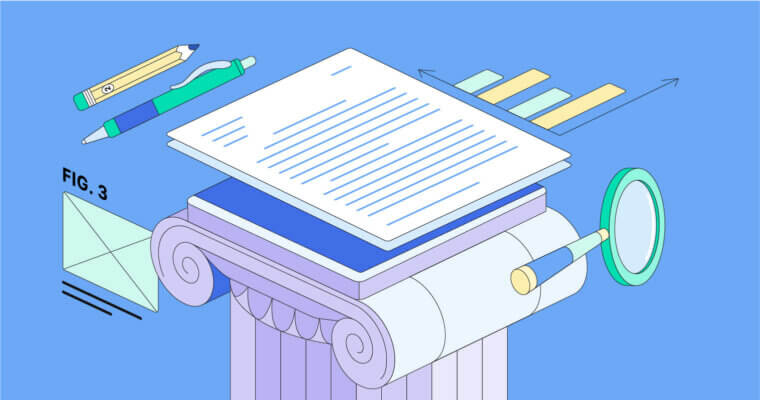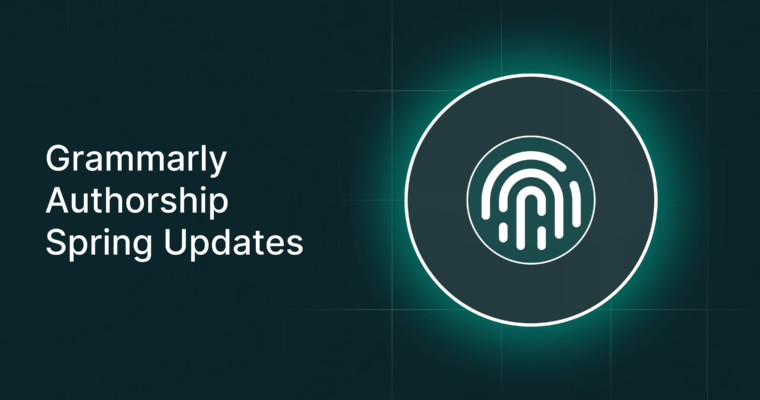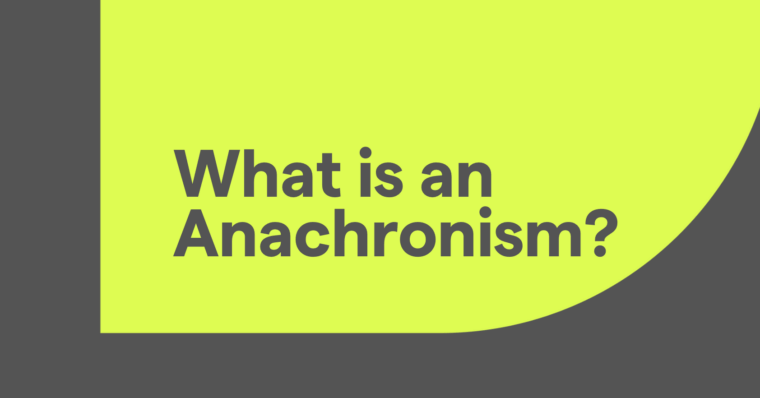
If you’ve read political op-eds, you’ve read political essays. Political essays have been used to express individuals’ opinions and shape readers’ views for centuries. Historically famous political essays include On Liberty by John Stuart Mill, Vindication of the Rights of Woman by Mary Wollstonecraft, and Republic by Plato.
What is a political essay?
A political essay explains, explores, and often argues for or against a specific political position. A political essay can analyze a political situation, argue a particular issue, or reflect on a political event. One aim of a political essay is to inform readers about political matters and persuade them to adopt a particular point of view.
Another purpose of a political essay is to understand political issues through rhetorical analysis. In other words, when writing a political essay, you’re thinking and writing critically about a specific political concept, precedent, position, or legal document through the lens of a political theory. This kind of writing is an exercise in interpreting political theory, which often enters the realm of philosophy as well. A few examples of political theories include these:
- Anarchism
- Conservatism
- Liberalism
- Libertarianism
- Objectivism
- Populism
Political essays can be persuasive essays, with the goal of guiding the reader to agree with a specific position. In some cases, they’re analytical essays. In any case, a political essay is defined by its adherence to a theoretical framework and its author’s development of a logical argument within that framework.
What are the parts of a political essay?
Introduction
Like any other essay, a political essay includes an introduction. This section introduces the essay’s topic and provides a summary of what the reader can expect in the following paragraphs. It also needs to “hook” the reader with an unexpected fact or engaging statistic. Your essay’s title can be its hook, or the hook can be the content of its introduction. In any case, the hook serves to engage readers and make them want to continue reading.
Thesis statement
Every political essay includes a thesis statement. This is a summary of your essay. A thesis statement can be a single sentence or a few sentences. The thesis statement is part of the introduction.
Body
Following the introduction, a political essay includes two or more body sections. Each section discusses a relevant point that adds to the reader’s understanding of the topic, such as statistics that directly support the thesis statement or opposing perspectives on the topic.
Conclusion
The final part of a political essay is its conclusion. The essay’s conclusion summarizes the points made in its body paragraphs and brings the author’s discussion to an end. It may also add a short insight or personal anecdote that leaves a lasting impression on the reader.
Bibliography
Although a bibliography isn’t technically part of an essay, it’s an important accompaniment to one. On a separate page from the essay, your bibliography lists all the sources you consulted and cited in your writing. This credits the authors of those sources and makes it easy for readers to conduct their own research after reading your work.
How to start a political essay
Before you start your essay, determine the topic you’ll cover. If you’re assigned a topic, this step is easy. If not, take some time to determine a political topic you care about and can research using high-quality sources. Although your political essay’s thesis can be your opinion, it needs to be supported by sources, such as legal precedents, statistics, and case studies.
Develop your thesis
The next step in writing a political essay is determining your thesis. What is your essay going to be about? A thesis is more than a topic; it’s your nuanced position on the topic. Examine the difference here:
Topic: Voter participation in presidential primaries.
Thesis: The American presidential primary process is inaccessible to the average voter for various reasons. These reasons include the timing of primary elections and voters’ perceptions of the importance of primaries.
With a thesis ready, your next step is to identify the sources you’ll use to support it.
Find sources
You may have a few sources ready, or you may have to find appropriate sources for your essay. There is a lot of political information available online and offline, so be sure to stick to factual, trusted sources. Examples of these include primary sources, such as scholarly articles, data from government sources, and quoted statements directly from lawmakers. Stay away from blog posts, opinion pieces, and content from third parties—including political commentators—as these secondary sources often reflect their authors’ perspectives rather than unbiased facts. Your essay should reflect your own perspective and understanding of the topic. By writing a political essay, you’re creating a piece of writing that would be considered a secondary source by those who cite it.
Conduct research
Research your topic thoroughly, and read sources that counter your perspective and thesis statement. Although your essay shouldn’t be based on secondary sources, reading them can help you better understand current positions on your topic. In a political essay, it’s important to understand the opposing position and engage with it in good faith rather than paint opponents as straw men or misunderstand their positions. A strong political essay addresses opposing viewpoints and argues against them logically, so it’s important that you have a solid grasp of these perspectives before you begin to write.
5 tips for writing a political essay
Once you have a clear direction for your essay, it’s time to write the first draft. Work from your outline, as this will help you stay focused and see what to write next when you get stuck.
1 Don’t let the order slow you down
You don’t need to write your essay in a specific order. If you’re having difficulty introducing your essay, but you know how you’ll unravel each issue and how they relate to each other, dive right into writing your body paragraphs. Sometimes, it’s easier to write an introduction once you know exactly what you’re introducing.
2 Use an academic tone
A political essay is a piece of academic writing, so avoid casual words, phrases, and sentence structures. Depending on your essay’s intended audience, it could be beneficial to explain certain legal subjects or precedents in plain language, but don’t confuse plain language for conversational or casual language.
3 Support your criticism
If your essay criticizes a specific politician or policy, support your criticism with statistics. Rather than making a personal attack, explain why this politician or their policies had a negative impact on the public. Your essay is a reflection of you, your understanding of its topic, and your ability to research and analyze political topics.
4 Get your thoughts down
Write a first draft without trying to make it perfect. Get your thoughts onto the page coherently and mostly in a logical order. Once you’ve finished your first draft, give yourself some time before you return to edit it.
5 Read and read again
When you return to edit your work, you’ll have a fresher perspective, making it easier to spot mistakes and areas where you might need to rework some of your writing. This process is known as revising, and it transforms your first draft into your second draft. Once you have a complete second draft, reread your essay to spot any mistakes you might have missed initially. This step, known as proofreading, is the last step before you submit or publish your work.
Political essay FAQs
What is a political essay?
A political essay examines its topic—generally a legal ruling, piece of legislation, or current event—through the lens of a specific political theory.
What should a political essay include?
A political essay should include these sections:
- An introduction with a thesis statement
- Body paragraphs that discuss the topic in detail, including opposing viewpoints
- A conclusion that summarizes the essay and leaves the reader with an understanding of the author’s position
- A bibliography that lists all the sources the author used
What are the different kinds of political essays?
A political essay can be an argumentative essay, a persuasive essay, or an analytical essay.
When should you write a political essay?
You may be asked to write a political essay in a political science, philosophy, history, or English course. Outside academic settings, you may write a political essay as an opinion piece or a persuasive essay to share with voters and legislators.






